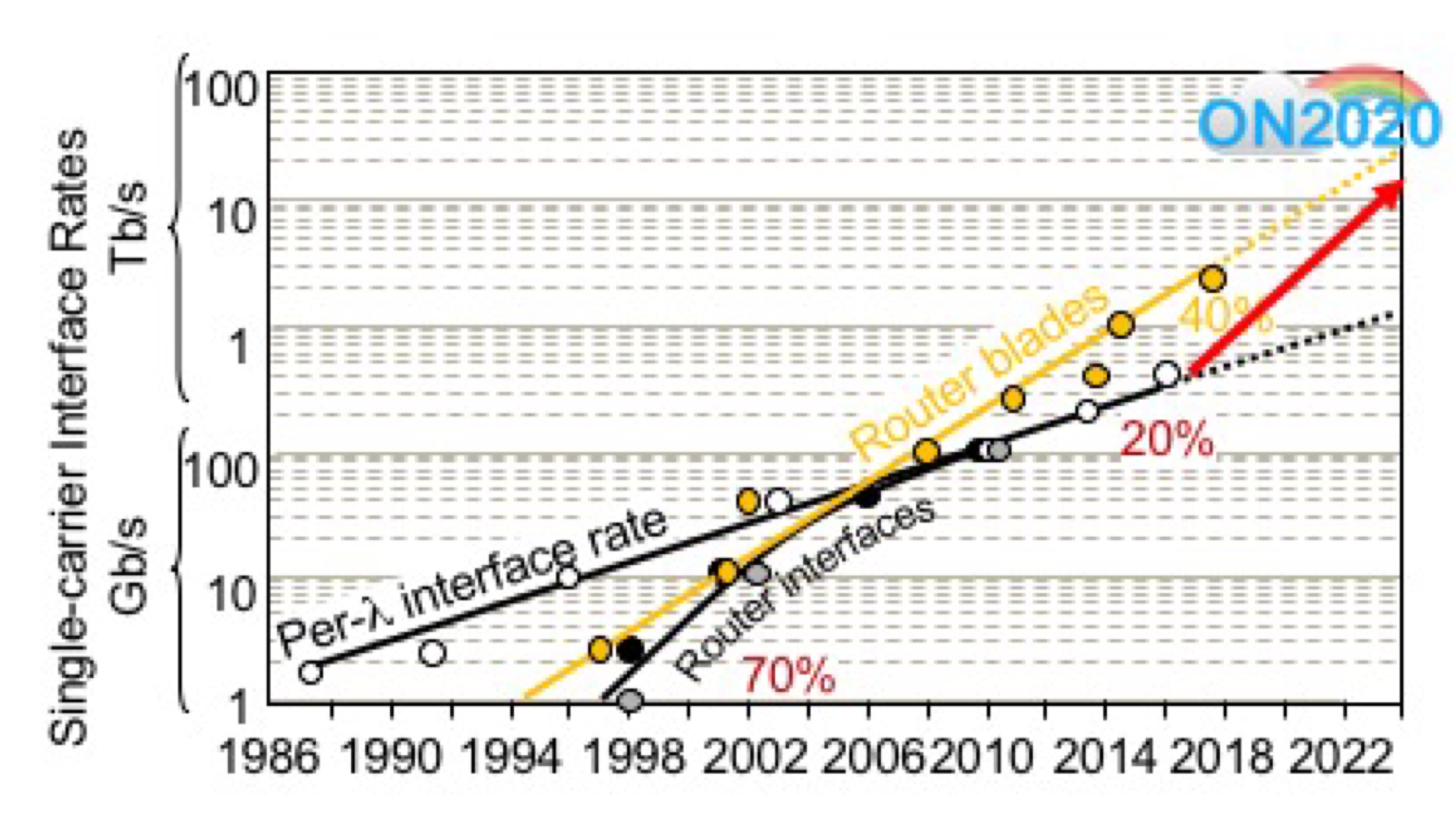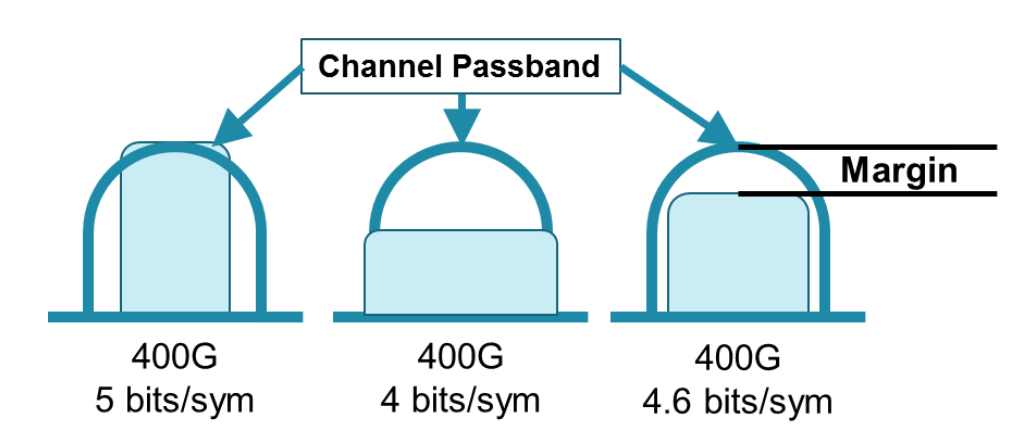Books in 2017
 Wednesday, December 27, 2017 at 7:57AM
Wednesday, December 27, 2017 at 7:57AM Gazettabyte has asked various industry executives to discuss the books they have read in 2017. Here two market researchers give their recommendations.
Andrew Schmitt, founder and lead analyst of Cignal AI
I didn’t have a good year with books. I bought more than these and either didn’t read them or I lost interest. Hopefully, 2018 will be better.
A Mind at Play: How Claude Shannon Invented the Information Age by Jimmy Soni and Rob Goodman was a big disappointment. It is a well-researched book and has tons of great history on Claude Shannon but there was something about the writing style that made it turgid. I struggled to finish it but learned a lot about Claude Shannon, including that his home in Boston wasn’t far from mine.






